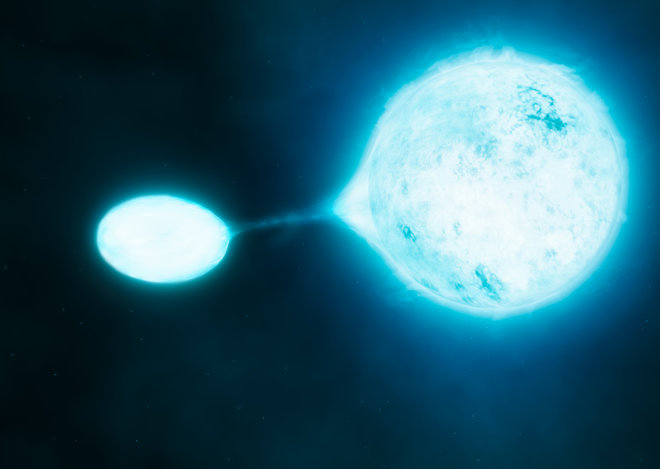1.5-year postdoctoral researcher position at the University of Wroclaw

We are pleased to invite applications for a 1.5-year postdoctoral researcher position at the University of Wroclaw. A successful candidate will work with prof. Jadwiga Daszyńska-Daszkiewicz and her team on the innovative project „Asteroseismic constraints on physical properties and formation of blue stragglers”, founded by the Polish National Science Centre as MAESTRO-15 grant (2023/50/A/ST9/00144). The short abstract of the project is given an the end if this announcement.
The position is intended for 1.5 year with the possibility of extension to 2.5 years, contingent on satisfactory performance.
Requirements and Preferred Qualifications:
1) a good knowledge in the theory of stellar structure and evolution
2) experience in computations of stellar evolution, both single and binary
3) simulations of coalescence in binary systems
4) knowledge of numerical methods
5) experience with stellar collision simulations is very welcome
6) a background in asteroseismology
General description of responsibilities:
1) computations of single and binary evolution
2) simulations of merge in binaries
3) simulations of collisional stellar objects
4) computations of non-adiabatic pulsations for non-standard evolutionary models
5) studying the effects of various parameters on pulsational properties
6) asteroseismology with non-standard evolution
Application Materials:
1) CV
2) list of publications, conference contributions, other research activity, appointments and stays etc
3) research statement (about 1-page).
4) two letters of recommendation
After the merit assessment of application materials, the candidates will be invited for an interview.
Application Deadline: April 15, 2025
Salary: PLN 140,000 gross per year with deductions for income tax and medical insurance (about 30 %).
For more information about the project and application, please contact Jadwiga Daszynska-Daszkiewicz,
daszynska@astro.uni.wroc.pl
jadwiga.daszynska-daszkiewicz@uwr.edu.pl
ASTEROSEISMIC CONSTRAINTS ON PHYSICAL PROPERTIES AND FORMATION OF BLUE STRAGGLERS
MAESTRO-15 grant Nr 2023/50/A/ST9/00144
The goal of the project is the first comprehensive seismic modelling of pulsating blue stragglers. Blue straggler stars (BSSs) are puzzling objects which are bluer and brighter than the cluster main-sequence turn-off. They are more massive and younger than the bulk of the cluster stars. Two mechanisms explaining their origin were proposed: binary evolution and direct collision. A fraction of BSSs exhibits oscillations. In globular cluster and galactic halo they are then called SX Phoenicis variables. Oscillating blue stragglers stars have also been found in old open clusters and Local Group dwarf galaxies. Despite the importance of blue stragglers in terms of evolutionary theory and cluster dynamics, the seismic study of pulsating BSS is still in its infancy and waits to realize its enormous potential. This innovative project aims to fill this gap.
The aim of the project is to construct seismic models of pulsating BSSs in order to derive their masses, ages, metallicity, helium abundance, rotation velocities as well as the efficiency of convection in the envelope. All these parameters can shed some light on the formation history of BSSs. Moreover, because BSSs are among the most massive objects in clusters, the knowledge of their exact masses and ages is crucial for studying cluster dynamics. No attempt has ever been made to constrain all these parameters of BSS using asteroseismology.
We are going to study the blue straggler pulsators in many globular clusters, e.g., $\omega$ Cen, 47 Tuc, NGC288, NGC3201, M10, M13, M22, M53, M55, M71, M79, M92. Oscillating BSS have also been discovered in old open cluster (M67, NGC2506, NGC6819) and dwarf galaxies (Fornax, Carina). These BSSs will also be included in our asteroseismic studies. There are also a dozen field SX Phe stars, which are included in our seismic studies. All of them have been observed by the TESS mission.
Non-adiabatic stellar pulsations will be computed for equilibrium models obtained from both single and binary evolution. We will also generate collisional objects. This will allow us to study an imprint of the past evolution in pulsational properties of BSS. In particular, one can anticipate both differences in pulsational frequencies as well as in the mode excitation due to the change in chemical composition by mass transfer or collision. We will also study the effect of opacity data and perform our modelling with three opacity table sets widely used in astrophysics: OPAL, OP and OPLIB.
